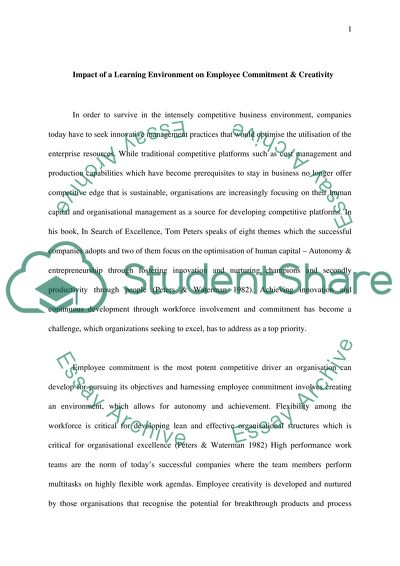Cite this document
(“Learning organization and human motivation Essay - 2”, n.d.)
Retrieved from https://studentshare.org/miscellaneous/1535229-learning-organization-and-human-motivation
Retrieved from https://studentshare.org/miscellaneous/1535229-learning-organization-and-human-motivation
(Learning Organization and Human Motivation Essay - 2)
https://studentshare.org/miscellaneous/1535229-learning-organization-and-human-motivation.
https://studentshare.org/miscellaneous/1535229-learning-organization-and-human-motivation.
“Learning Organization and Human Motivation Essay - 2”, n.d. https://studentshare.org/miscellaneous/1535229-learning-organization-and-human-motivation.


